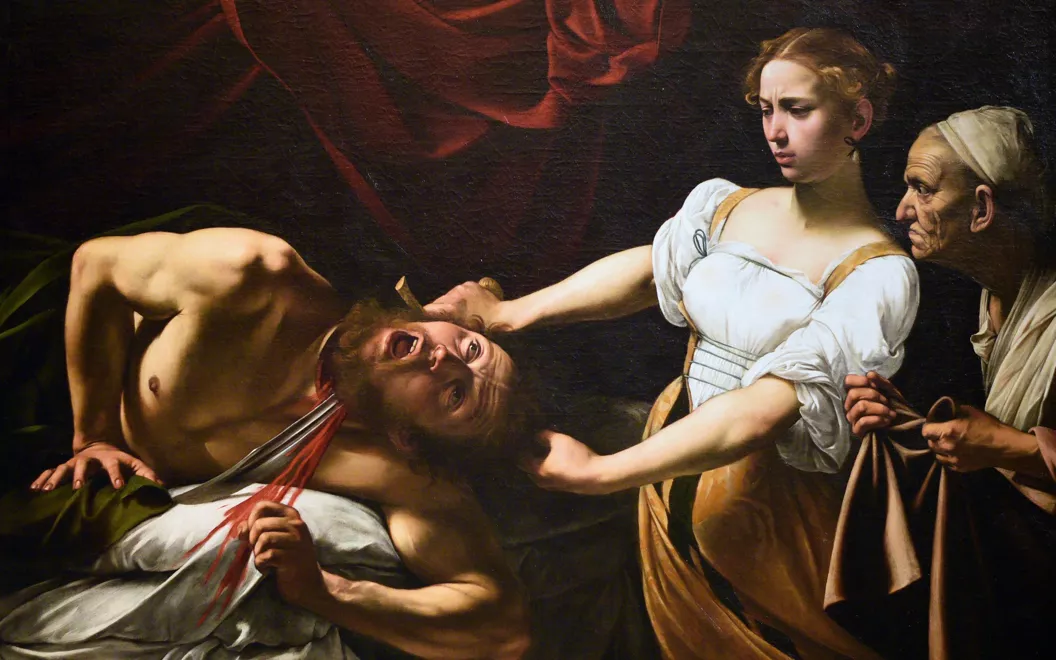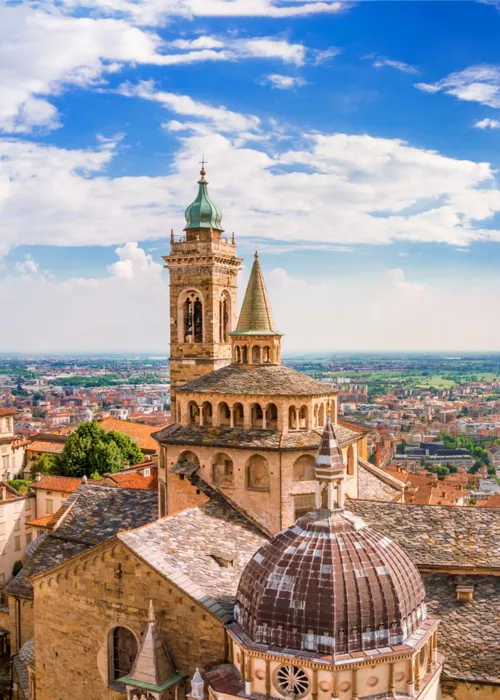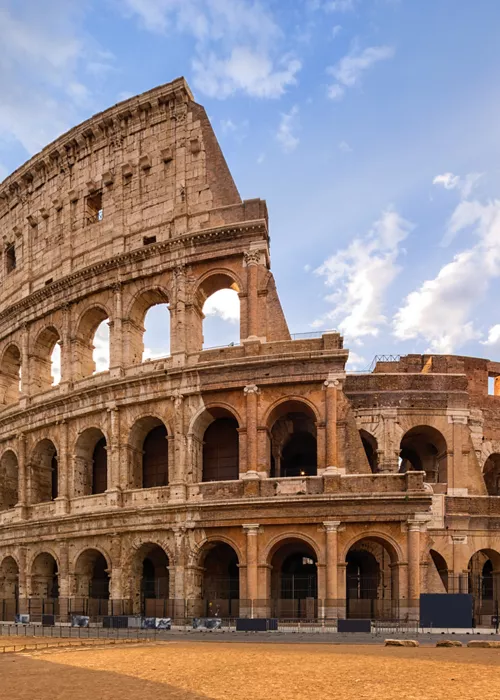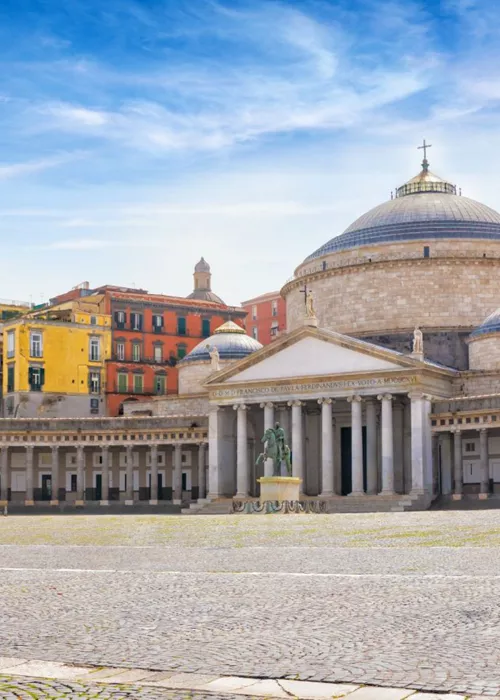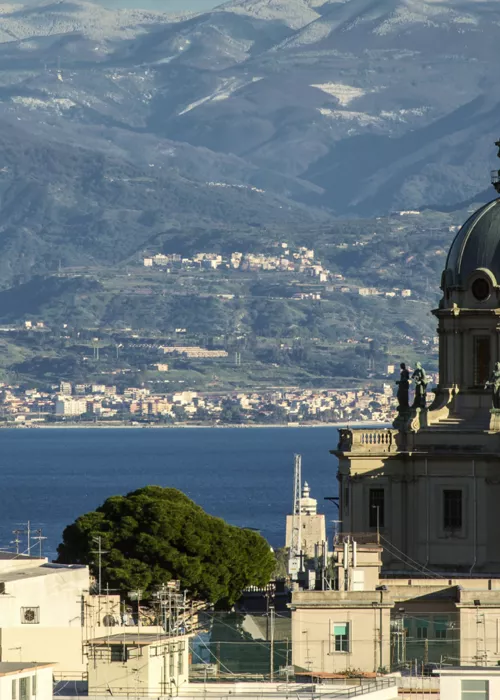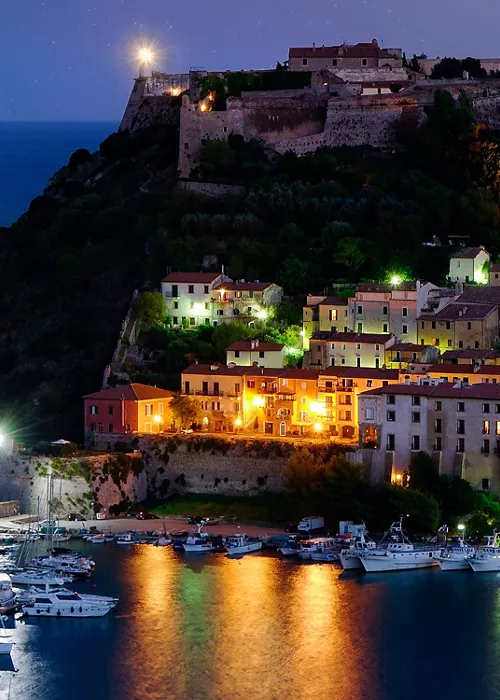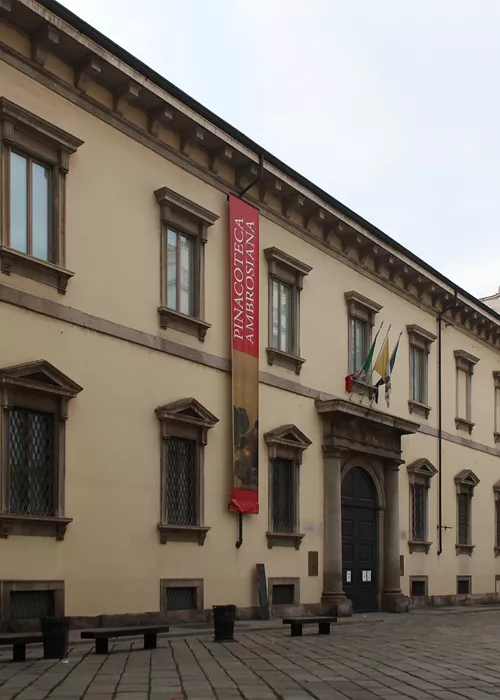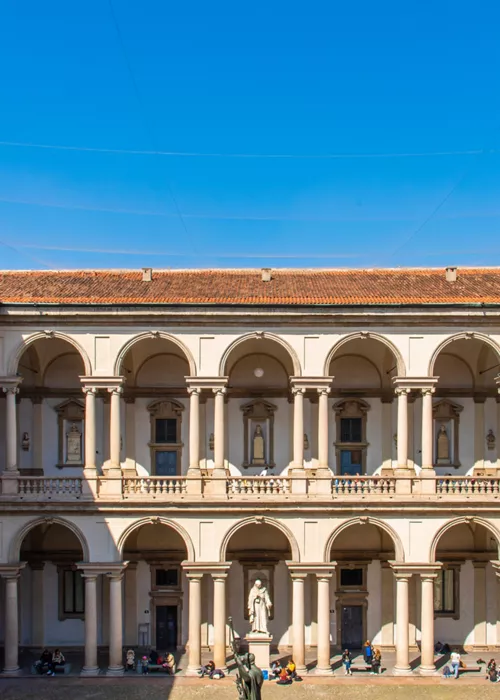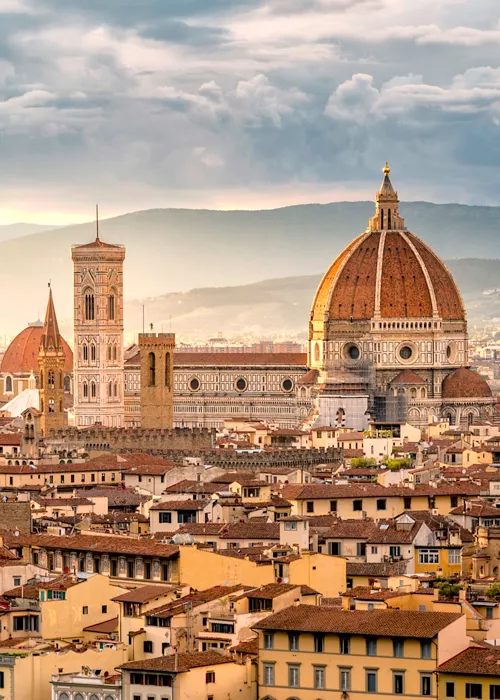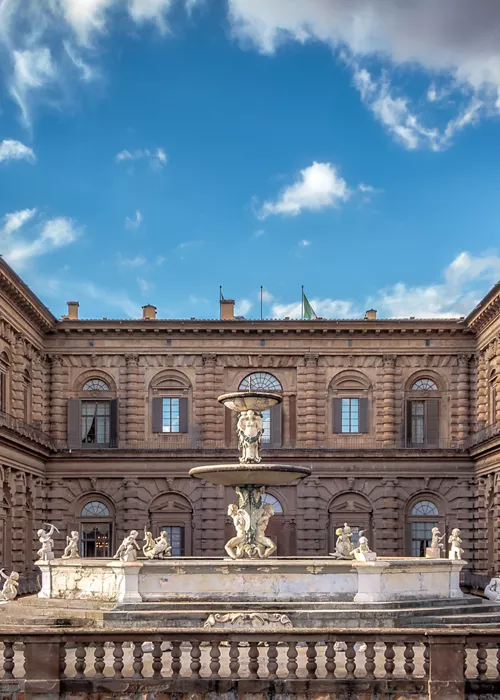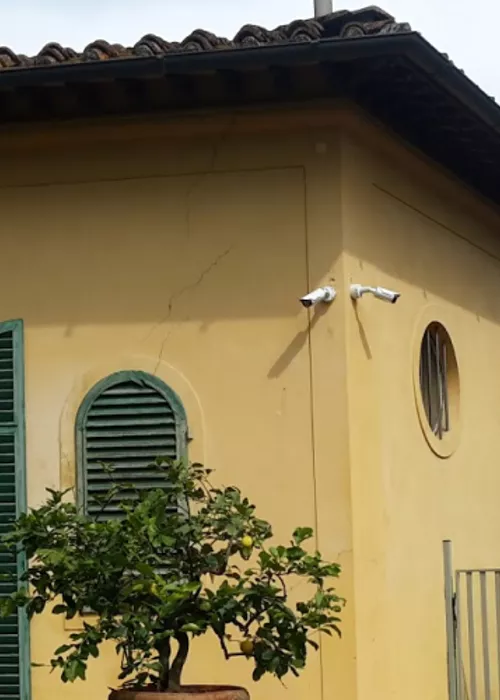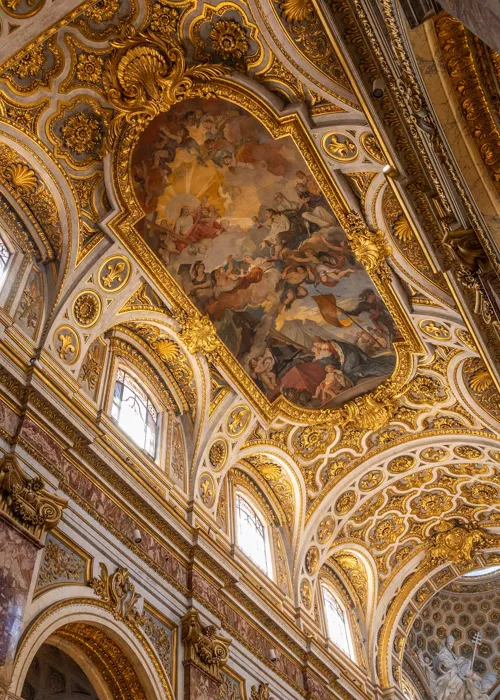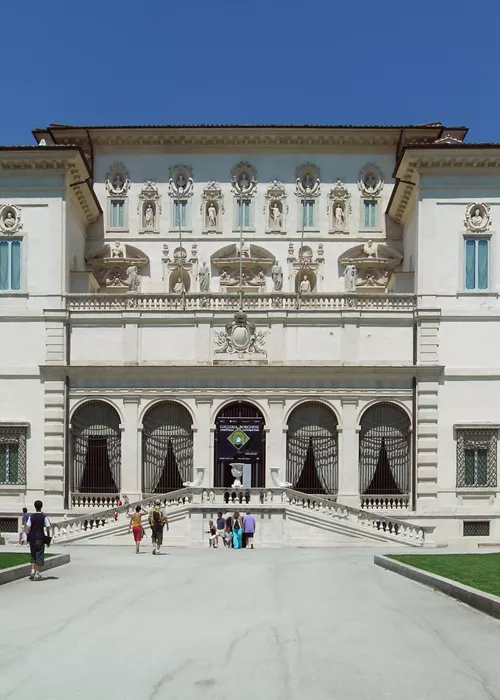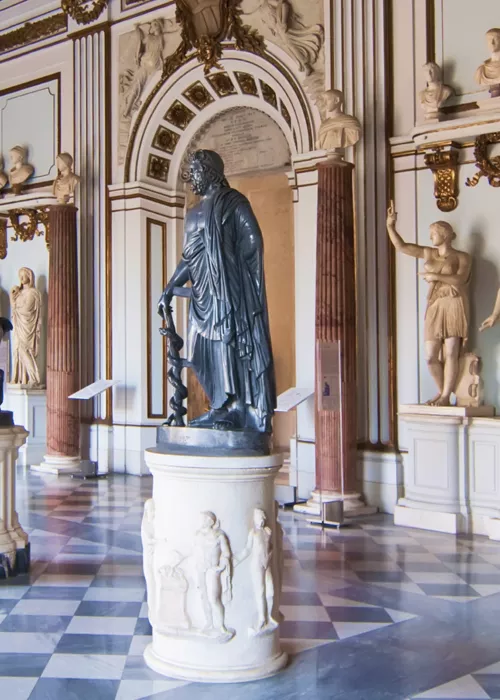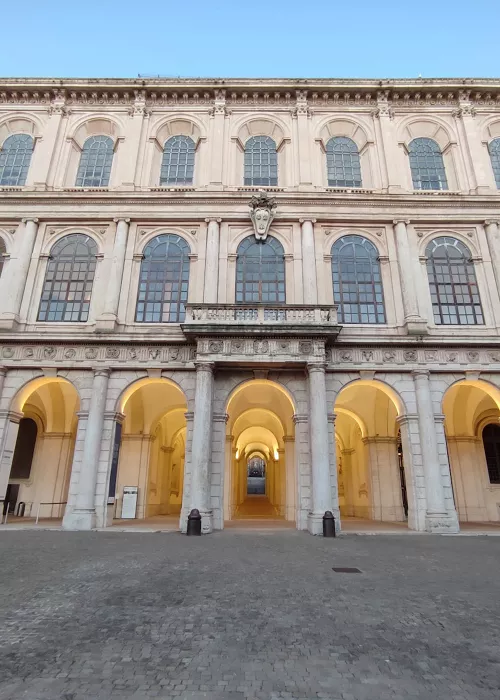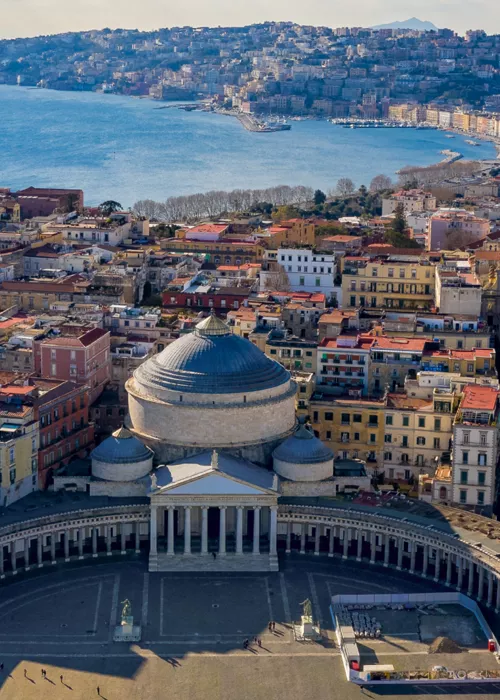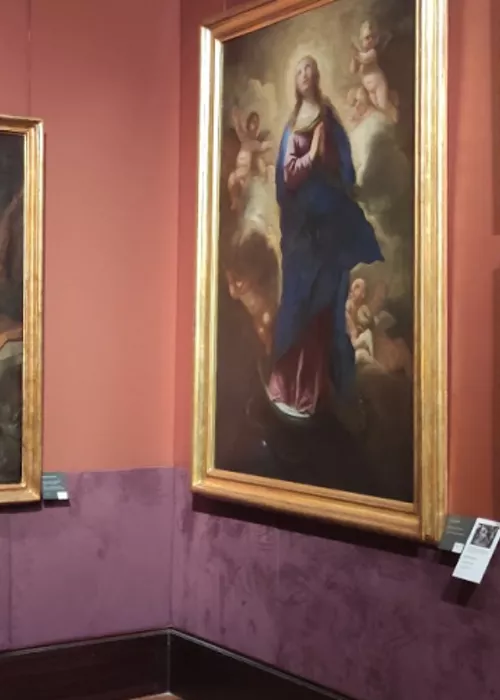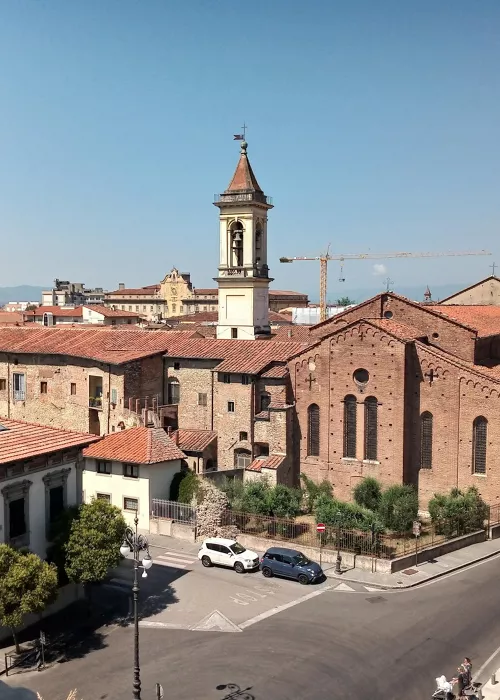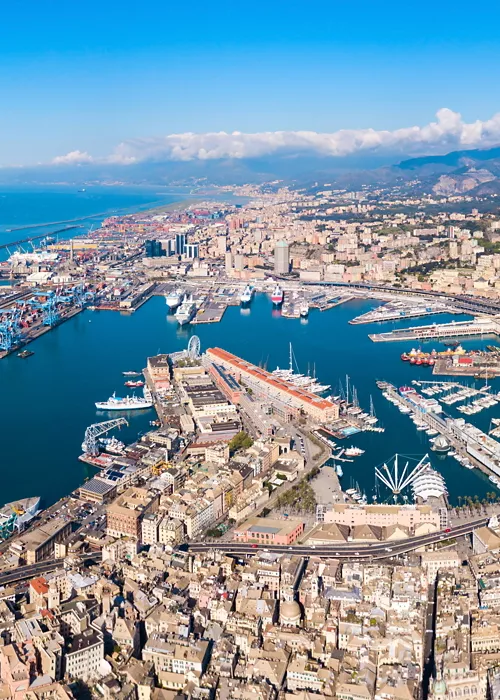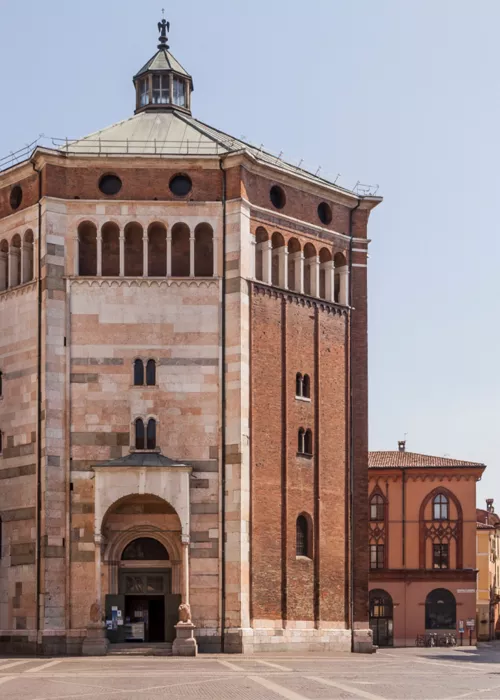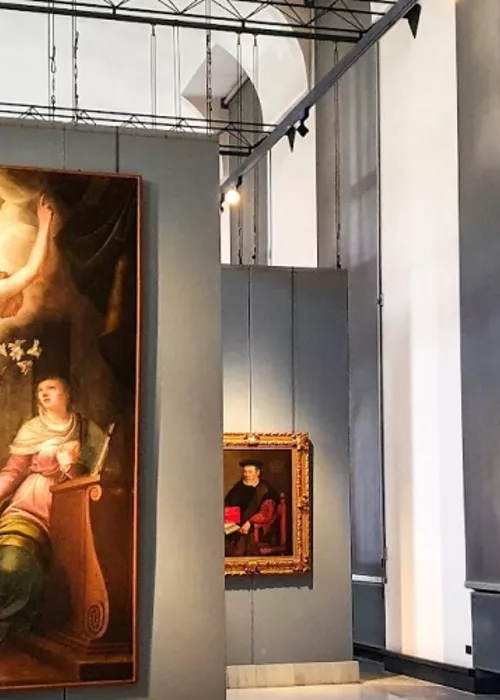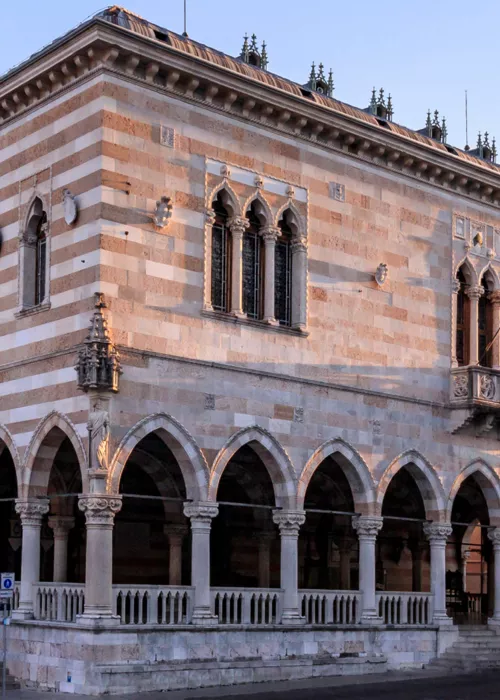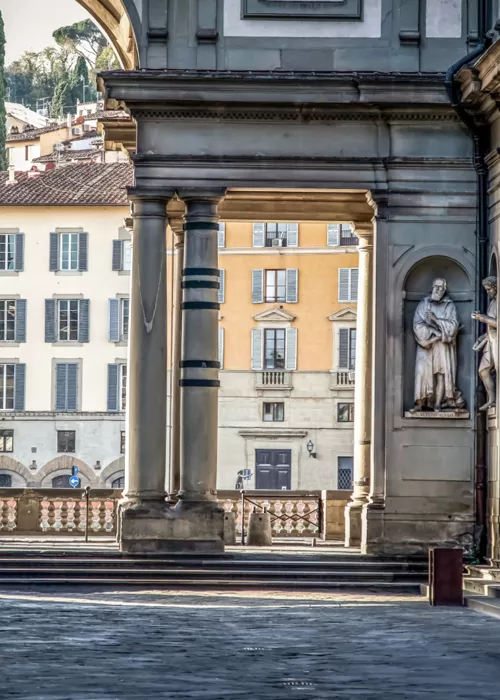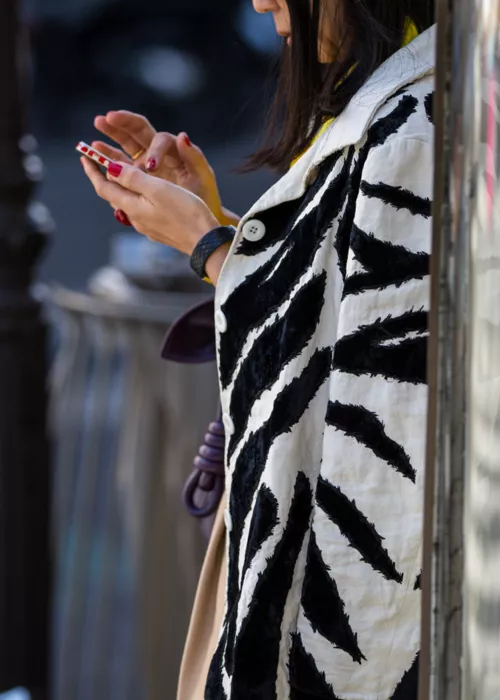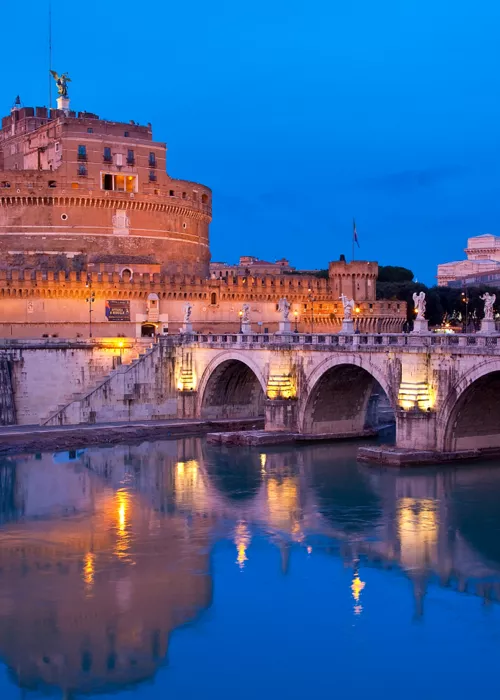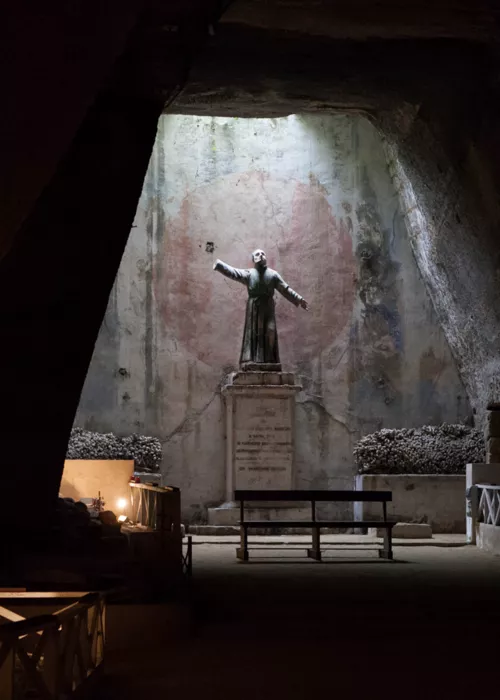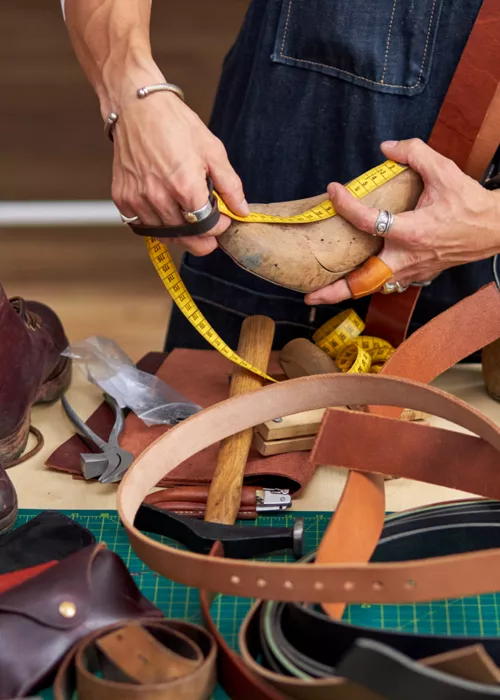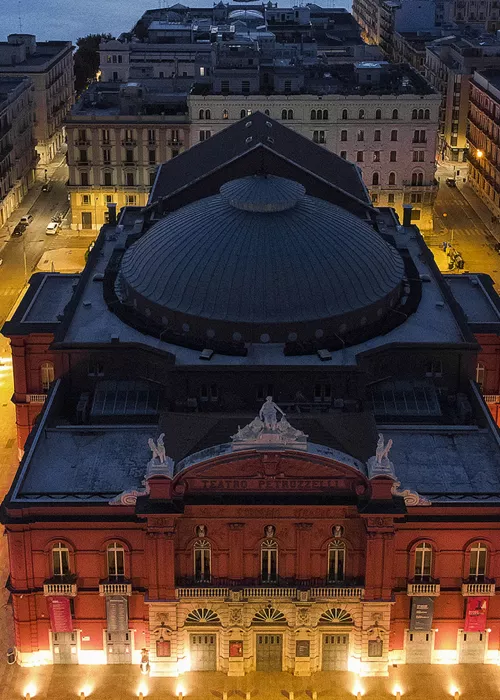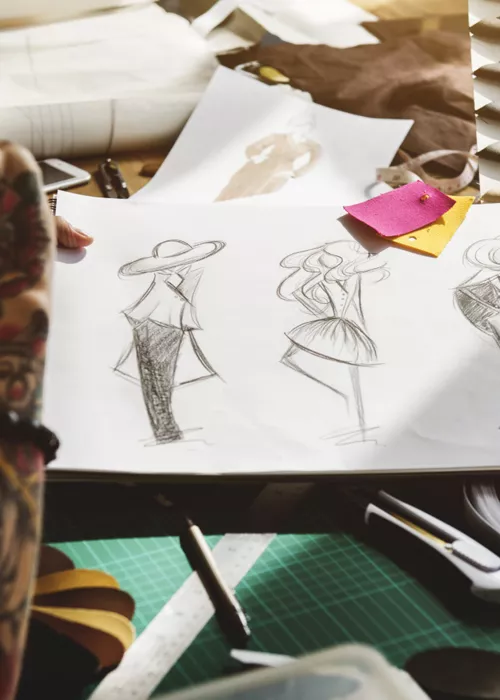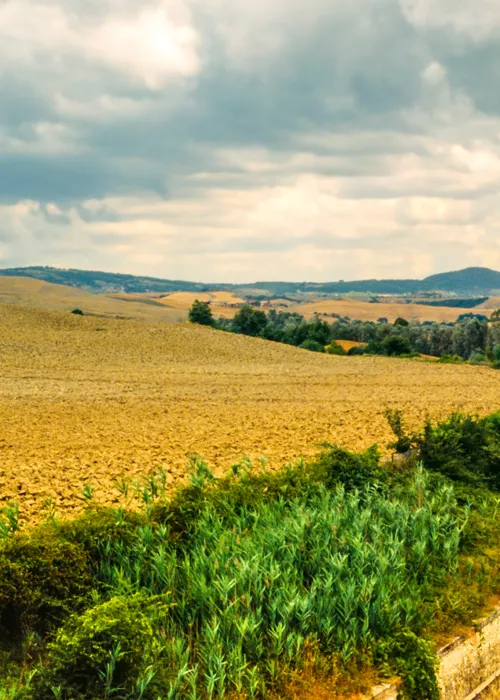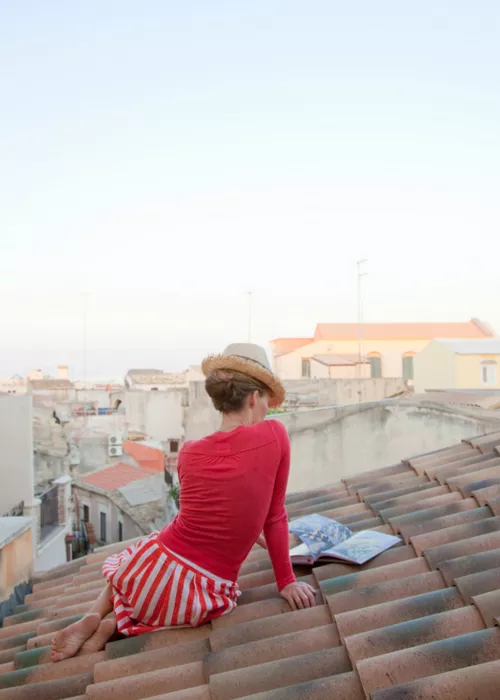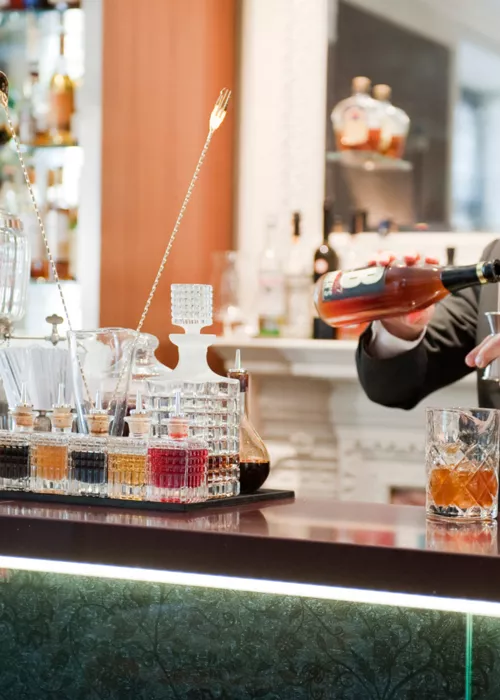Itinerary of Caravaggio's most beautiful artwork in Italian cities
4 minutes
Index
What makes an artist eternal is the ability to tell the truth by offering his or her own interpretation and laying himself or herself bare in a direct and sincere manner. This is what made Caravaggio one of the greatest names in the history of art, a limitless talent mixed with restlessness, which still fascinates us today.
Its dramatic realism provides an intense experience when viewing the artworks, and being able to observe them up close is a must: here are the museums, picture galleries and galleries hosting Caravaggio's most famous artwork in Italy.
From Michelangelo Merisi to the genius of Caravaggio: between life and work
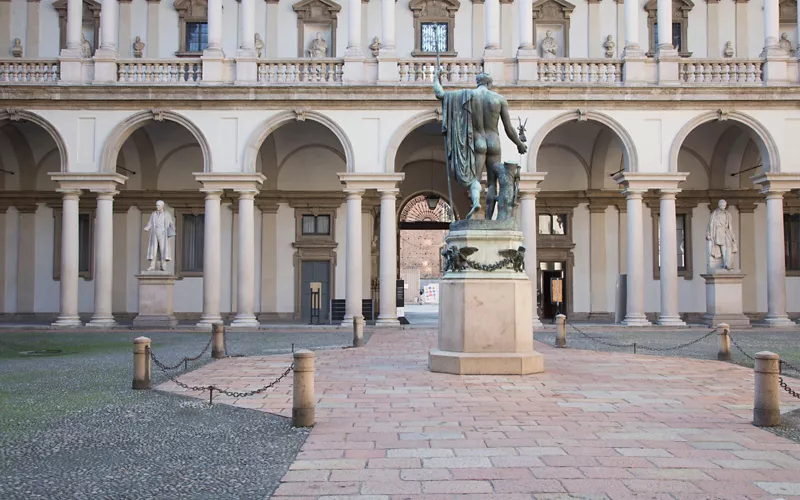
The works of Caravaggio are scattered all over the world, in museums, churches and private collections, many of which are in Italy.
The artist was born in 1571 in Milan, with the name Michelangelo Merisi. The pseudonym Caravaggio originates from the village of the same name in the province of Bergamo from which his parents, Fermo Merisi and Lucia Aratori, were from.
The artist lived in Romefor more than ten years, then in Naples, Messina, Malta and again in Naples; he died in Porto Ercole, in Tuscany, in 1610, waiting for the revocation of a death sentence from the Pope, which never arrived.
Caravaggio's life was one of mystery and excess, and his art dropped into oblivion for centuries. It was the art historian Roberto Longhi who, in the mid 900s, revived his image as the father of modern art. For his artwork influenced European painters for at least two centuries after his death.
Caravaggio in the art galleries of Milan
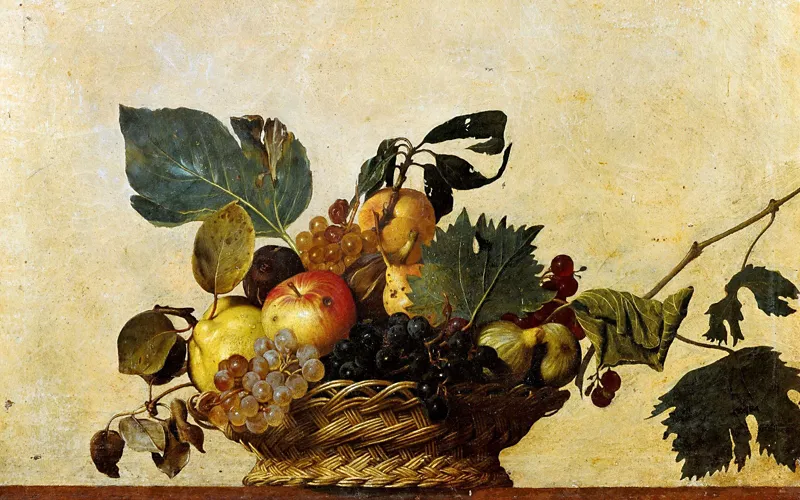
At the Pinacoteca Ambrosiana you can admire La canestra di frutta, painted by Caravaggio between 1597 and 1600, a paradoxically alive still life, depicted all too truthfully and not without symbolism.
At the Pinacoteca di Brera, on the other hand, you can the second version of the Dinner in Emmaus (1606), more sparse and sombre in colour and atmosphere than the one made in 1602, and now preserved in London. Caravaggio painted the second version shortly after his fleeing from Rome, following the assassination by his own hand of Ranuccio Tomassoni, a man of ill repute.
Florence: Caravaggio between museums and foundations
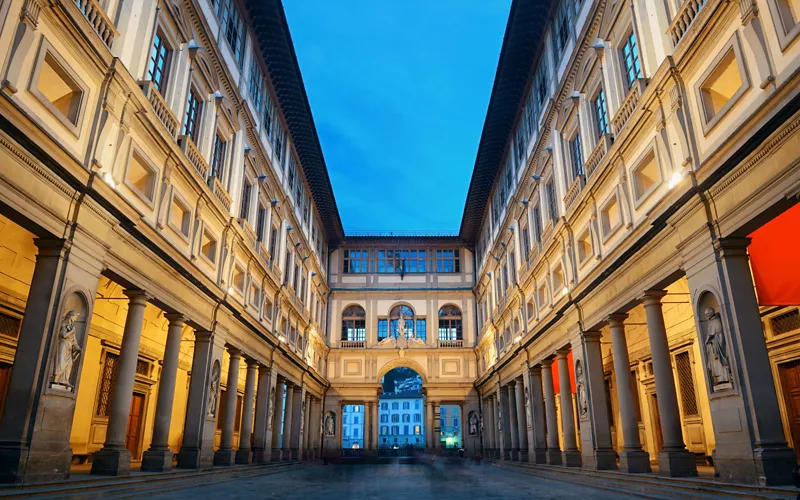
In Florence many pieces of artwork by Caravaggio can be found. At theUffizi Il Bacco (1597) is on display, a subject dear to his heart, represented here in an adolescent version, the Shield with head of Medusaa (1598), commissioned by the Medici, and the 1603 version of The Sacrifice of Isaac.
In contrast, in the Galleria Palatina in Palazzo Pitti, you can the Portrait of Antonio Martelli, Sleeping Cupid and The Cavadenti. Also, worth visiting is the Longhi Foundation, which preserves the collection of the art historian and includes one of the two versions of the Boy bitten by a lizard - the other is in London - and the copy of what could be the first work of the artist, Boy peeling some fruit, which was unfortunately lost.
Rome and Caravaggio, a great love that ended in tragedy
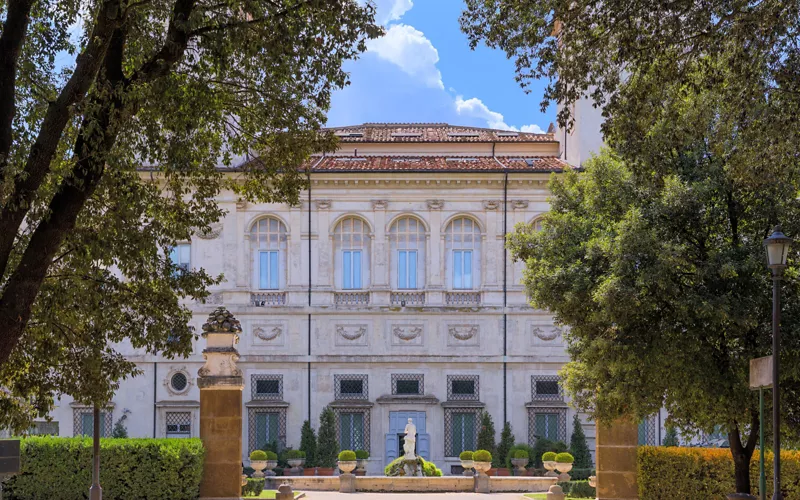
The Capital is without doubt the Italian city with the most Caravaggio artwork. The museums in Rome, as well as churches and private collections, are today well supplied with them, given the artist's connection to high clerical circles. One example is the Church of San Luigi dei Francesi, where the Contarelli Chapel is located, depicting episodes from the cycle of the life of San Matteo.
The Galleria Borghese hosts the sick Bacchino, the Child with a basket of fruit, and the writer San Girolamo, to mention a few. The Pinacoteca Capitolina, on the other hand, contains Buona ventura - the other is at the Louvre - and the San Giovanni Battista, the second version of which is located at the Galleria Doria Pamphilj together with the Penitent Magdalene and Rest during the flight to Egypt.
Staying in Rome, we then find other works by Caravaggio at Villa Ludovisi, at the National Gallery of Ancient Art in Palazzo Barberini, at the NationalGalleries of Ancient Art in Galleria Corsini and in the Odescalchi-Balbi Private Collection in Palazzo Odescalchi.
Caravaggio in Naples: Capodimonte Museum and more
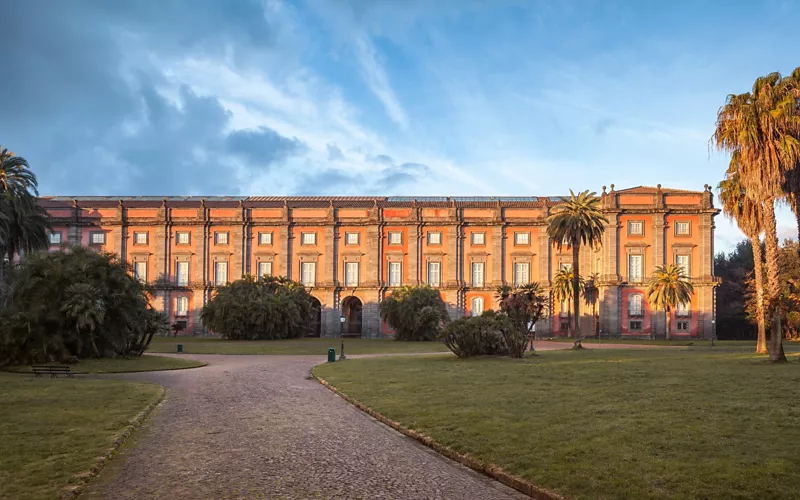
Arriving in Naples the first destination is the National Museum of Capodimonte, where we find the Flagellation of Christ from 1608, one of two paintings remaining in the city and belonging to Caravaggio's early Neapolitan period. The other is Seven Works of Mercy, which can be found on the Pious Mount of Mercy.
Since 2021, the Martyrdom of Sant'Orsola from 1610 is no longer located in Palazzo Zevallos, it has been moved to Palazzo Piacentini. The painting in question was created during the artist's second visit to the city and is considered his last artwork.
The journey through Italy to discover the artwork of Caravaggio continues
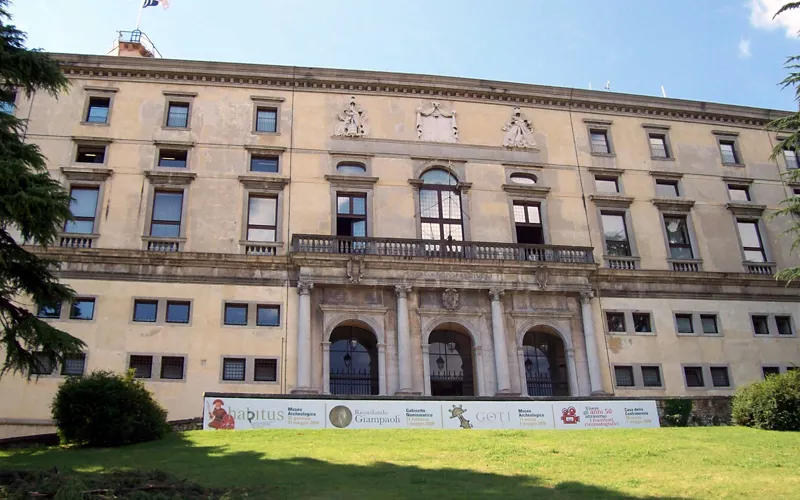
At the Regional Museum of Messina there are two paintings by Caravaggio that must be seen: Resurrection of Lazarus and Adoration of the Shepherds, both dating from the last years of the artist's life, when he lived in the Sicilian city.
Other Italian cities also exhibit Caravaggio's artwork in their museums. Prato, at the Gallery of Palazzo degli Alberti, Genoa at the Gallery of Palazzo Bianco, Cremona at the Ala Ponzone Civic Museum and lastly Udine, who is contending with an American museum for the originality of "his" San Francesco in ecstasy exhibited at the Civic Museums.

